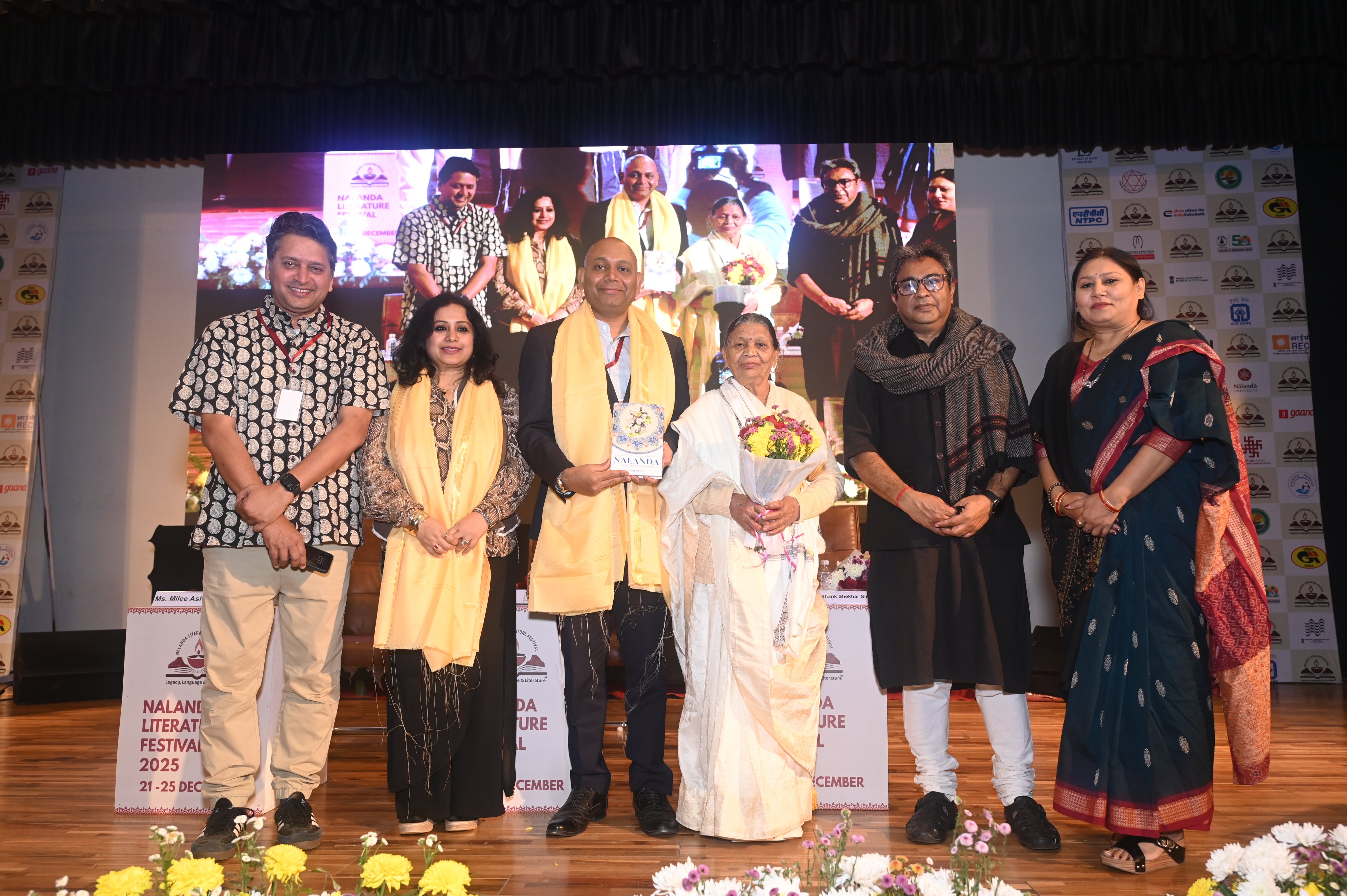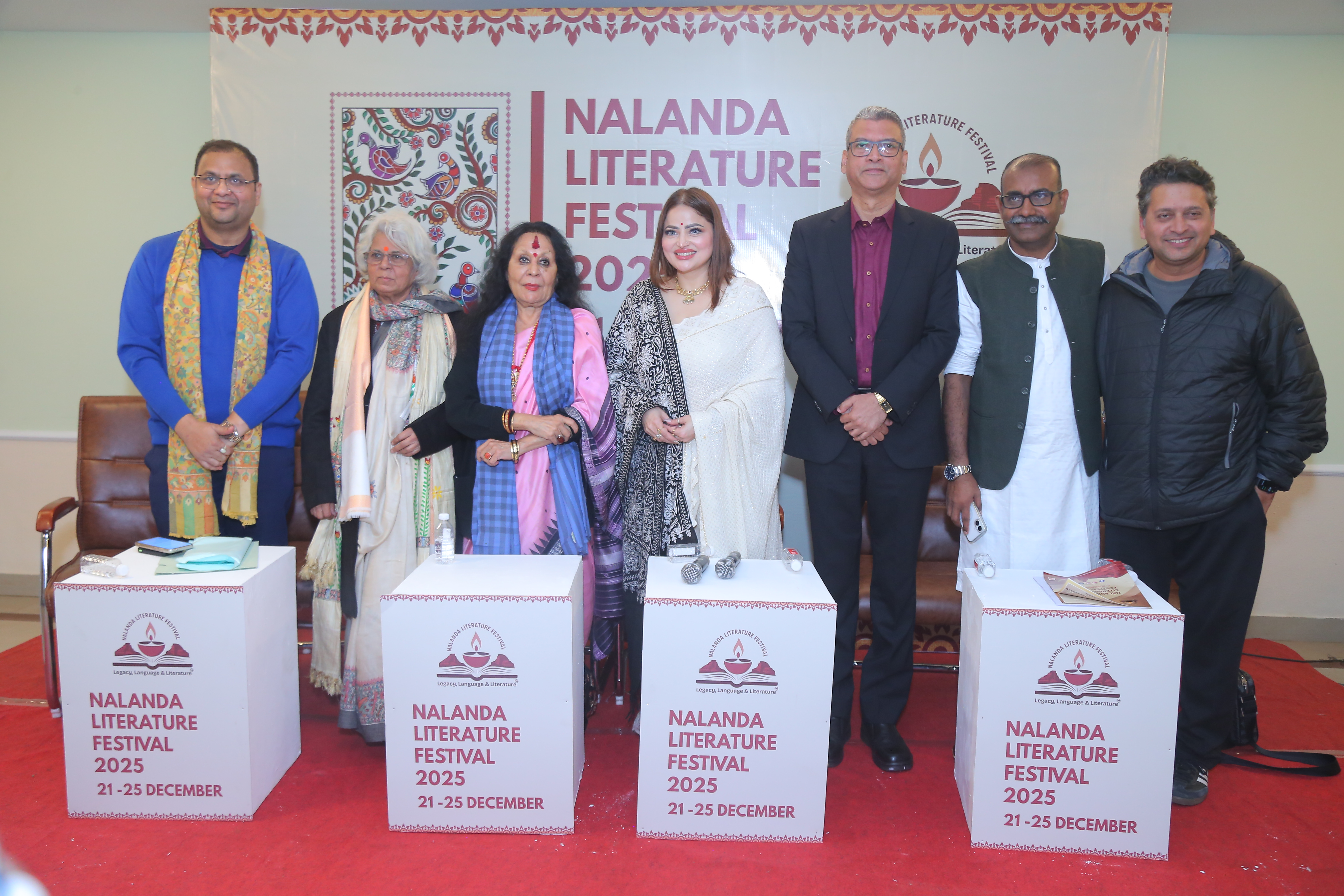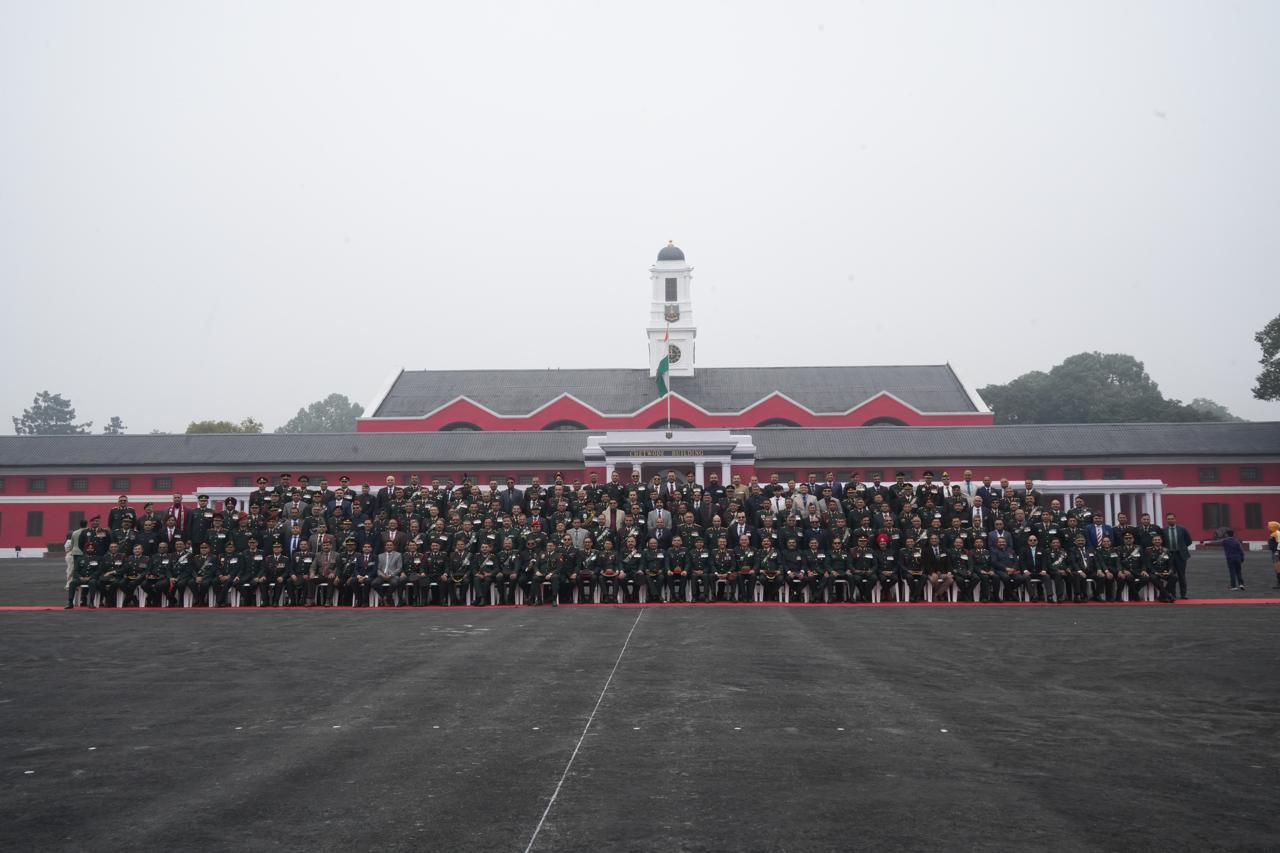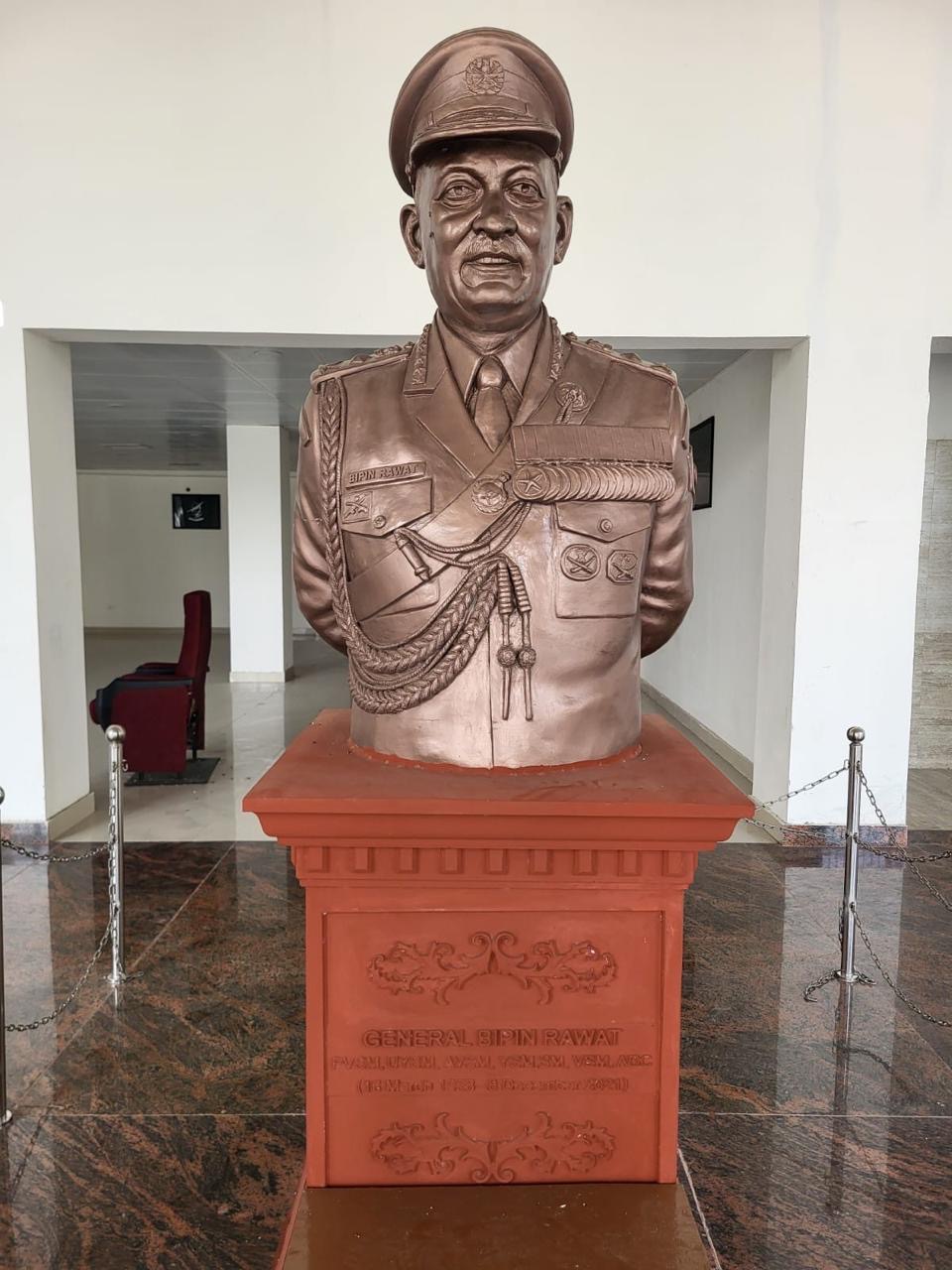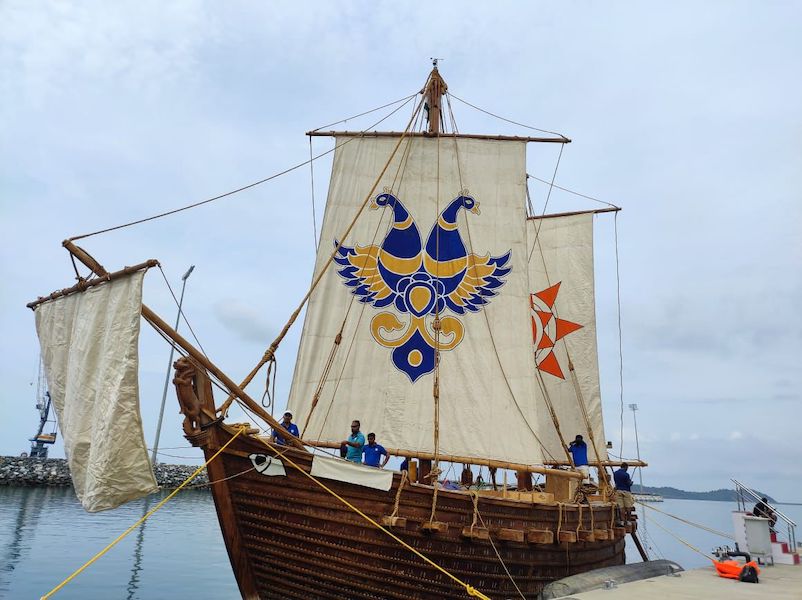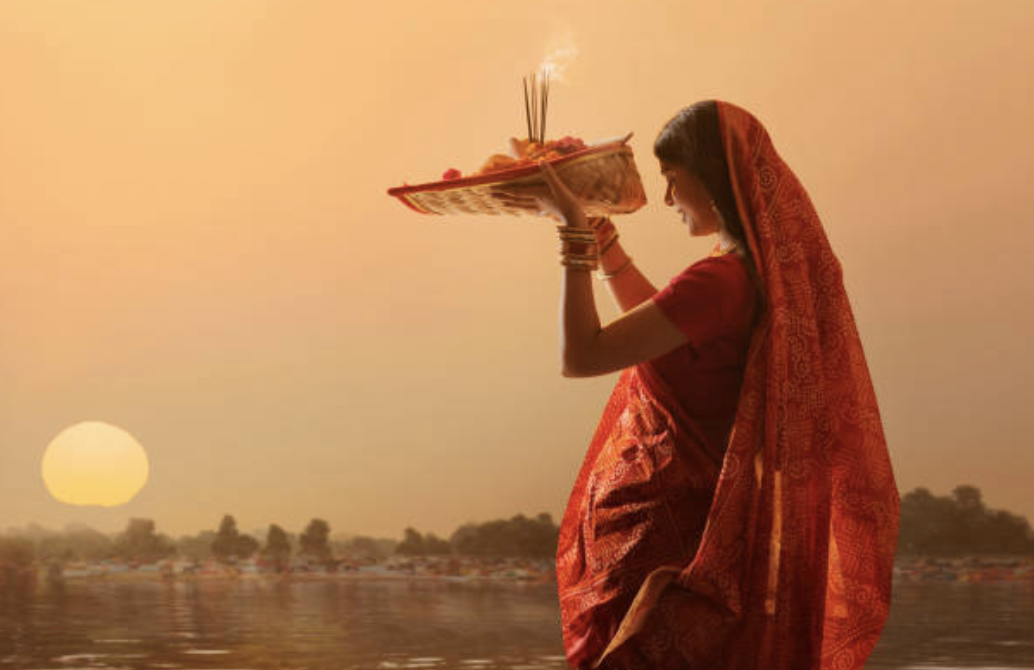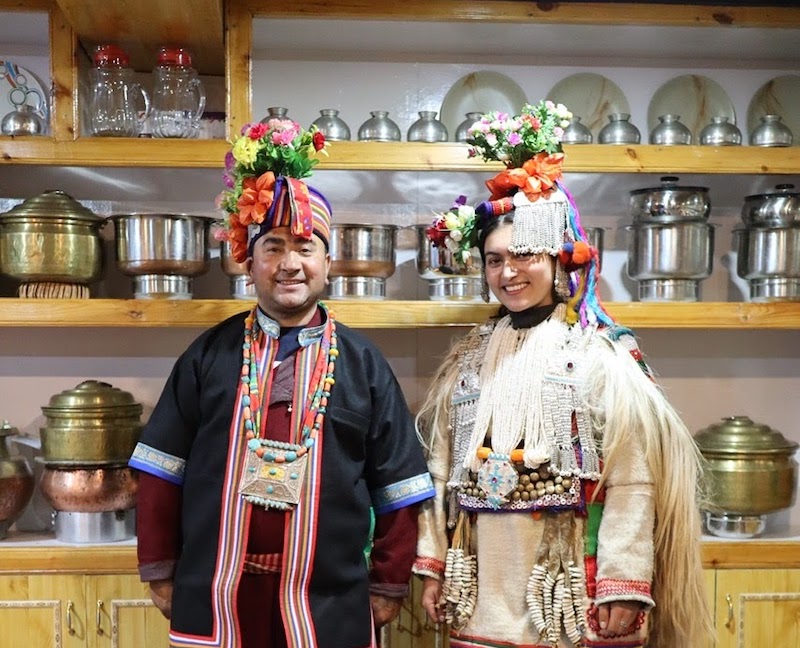 A Brokpa couple. (Photo: Phunchuk Wangchuk)
A Brokpa couple. (Photo: Phunchuk Wangchuk)
Nestled within the rugged terrains of Ladakh, amid the lofty Himalayan peaks, resides a community whose existence is as fascinating as it is mysterious – the Brokpas. Known for their unique culture, distinct appearance, and ancient traditions, the Brokpas have captured the curiosity of travellers and anthropologists alike. The community has maintained its distance from the outside world for centuries.
Traditionally, the people of the valley lived in caves and huts constructed from wood and stones. However, in recent times, there has been a noticeable shift. Tsering Stobden, a 55-year-old resident of Dah village, laments the changing landscape. He reminisces about the days when the valley was characterised by isolated living, far removed from external influences.
Stobden reflects on the transformation he witnesses: the replacement of traditional cave and mud houses with modern concrete structures. “We were all happier living in isolation, away from the outside world," he remarks. The language spoken by them is significantly different from the other regions of Ladakh, bearing similarities to English in some instances, such as the word “water”.
The Brokpas, also known as the Drokpas or recently known as “Aryans” – as they call themselves, are believed to be descendants of the ancient Indo-Aryans. Their origin is shrouded in legends and myths, with some claiming that they are the remnants of Alexander the Great’s army that settled in the region over two millennia ago. Others suggest that they are the descendants of the original inhabitants of the region before the Tibetan migration.
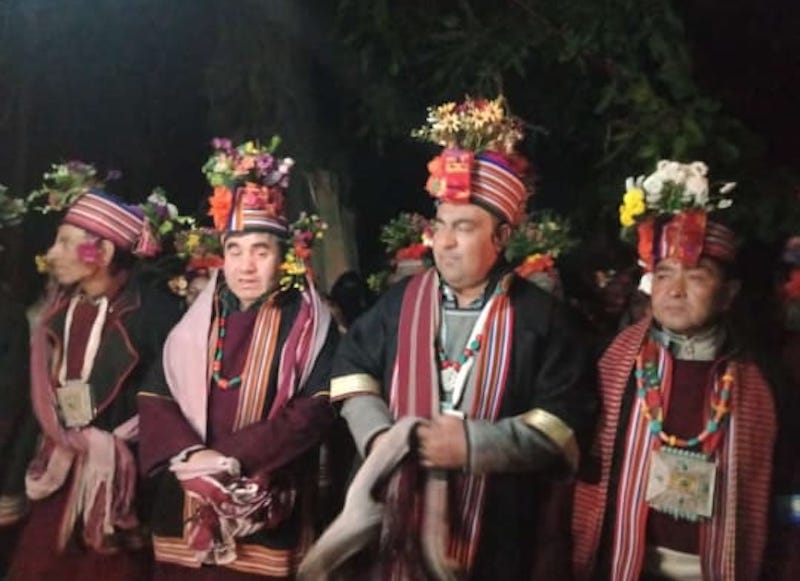 Brokpa men in traditional attire. (Photo: Phunchuk Wangchuk)
Brokpa men in traditional attire. (Photo: Phunchuk Wangchuk)
The Brokpa community celebrates New Year on January 1, known as Losar. During this festival, villagers – young and old – gather to dance late into the night for several days. Chhang, a grape-based drink akin to wine, is served during this festive period. The cultivation of grapes, apricots, apples, mulberries, walnuts, and various vegetables marks a significant shift in the valley’s lifestyle.
The worship of Lamo Devta, considered omnipotent in Brokpa culture, reflects their reverence for ancient gods and goddesses. One of the most striking features of the Brokpas is their physical appearance. Unlike the typical Ladakhi population, who are predominantly of Tibetan descent and have East Asian features, the Brokpas have distinct Indo-European features, with fair skin, light eyes, and sharp features. This unique appearance has fuelled various theories about their origins and has contributed to their mystique.
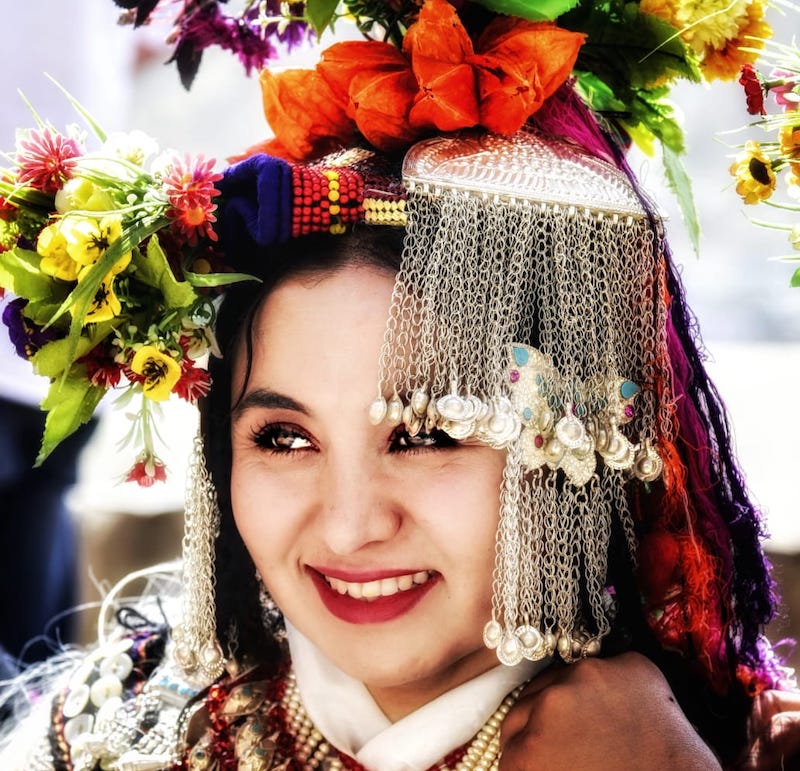 A young Brokpa woman. (Photo: Phunchuk Wangchuk)
A young Brokpa woman. (Photo: Phunchuk Wangchuk)
The advent of tourism has brought about profound changes in the valley. Modern architecture now dominates the landscape, with satellite receivers adorning rooftops, bringing the outside world into their living rooms. Stobden observes that the once-isolated villages are no longer unwelcoming to outsiders.
Despite the influx of modern influences, the Brokpas remain a happy and celebratory people, cherishing their festivals with great joy. Several significant festivals mark their calendar, including Bonana and Chhopo Supla, which stands out as a harvest celebration, while Mentog Stanmo honours the blooming of apricot flowers.
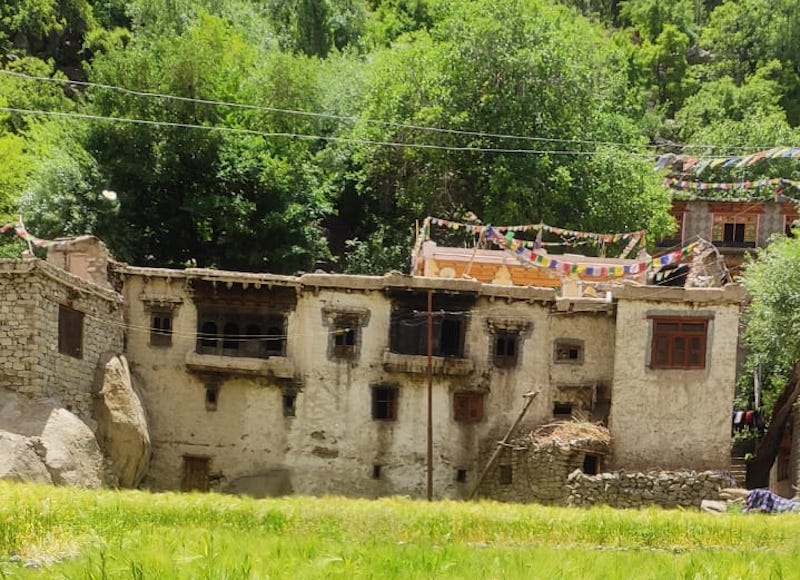 A Brokpa house. (Photo: Phunchuk Wangchuk)
A Brokpa house. (Photo: Phunchuk Wangchuk)
The Lopa festival is particularly unique, inviting individuals of all ages, including children aged 12 and above, to partake in dancing. Notably, participants must form groups with a 12-year age gap, such as 12, 24, 36, and so forth. Bonana festival rotates between Dah and Darchik villages, with the third year typically uncelebrated as the village now located in Pakistan-occupied Kashmir observes its festivities. These villages once shared a unified culture until the partition of India and Pakistan led to their separation.
As the Brokpa valley navigates modernization and external influences, Stobden ponders the fate of their precious and unique culture. The challenge lies in preserving and protecting their heritage amid the inevitable tide of change.


